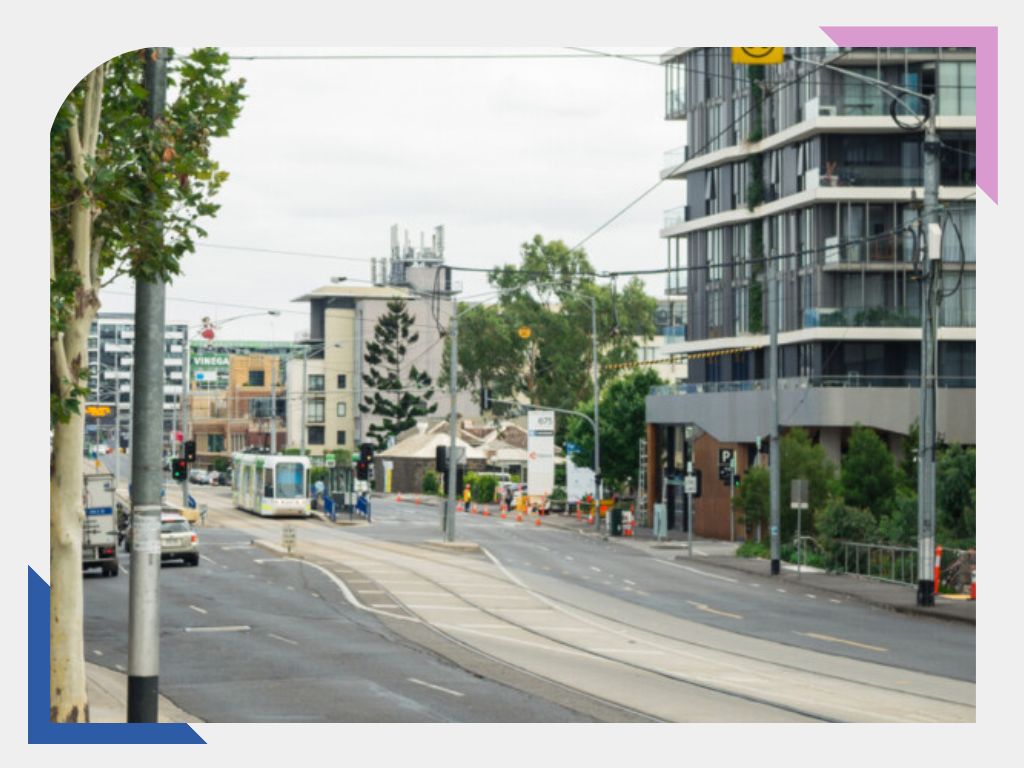
- Current State Analysis & Recommendations: We assessed the current status of the information systems, and the employee practices across the LGA, and detailed a range of recommendations for uplifting the digital maturity across the organisation in-line with the business priorities and objectives. The final part of this stage was working with the LGA key stakeholders to prioritise the recommendations.
- Program of Work & Implementation Roadmap: Focussing on the prioritised recommendations from the Current State Analysis, we defined the future state set of capabilities (i.e. technology, data, IT operating model and form of business / technology collaboration) and roadmap to be undertaken by this LGA.
___Our approach
To help define the way forward, the LGA engaged us to develop a Future Direction Strategy, including a platform architecture, supporting operating model, data governance framework and detailed transition roadmap.
The project was undertaken in two stages:
Realising this LGAs technology strategy objectives required focus beyond IT capabilities broader organisational alignment and engagement was needed. To enable this, we developed specific messaging to ensure business unit transformations with technology implications were included in the strategy scope, so that recommendations could be made to unify digital transformation activities.